Growth of the Automotive Industry
The Car Carrier Market is closely linked to the overall growth of the automotive industry. As vehicle production ramps up, the need for efficient transportation solutions becomes increasingly critical. In recent years, the automotive sector has experienced a resurgence, with production levels reaching new heights. This growth is expected to continue, driven by factors such as consumer demand for electric vehicles and advancements in manufacturing technologies. In 2025, the automotive industry is projected to produce over 90 million vehicles, creating a substantial demand for car carrier services. This correlation between automotive production and car transportation underscores the importance of the car carrier market in facilitating the movement of vehicles from manufacturers to dealerships and consumers. As such, the growth of the automotive industry serves as a vital driver for the car carrier market.
Technological Innovations in Logistics
The Car Carrier Market is witnessing a wave of technological innovations that are transforming logistics and transportation. Advancements such as GPS tracking, automated loading systems, and real-time data analytics are enhancing the efficiency and reliability of car carriers. These technologies enable companies to optimize routes, reduce delivery times, and improve overall service quality. In 2025, it is projected that the integration of artificial intelligence and machine learning will further revolutionize operations within the car carrier market. By leveraging these technologies, companies can anticipate demand fluctuations and streamline their operations accordingly. This technological evolution not only improves operational efficiency but also enhances customer satisfaction, positioning car carriers favorably in a competitive market landscape.
Expansion of E-commerce and Online Sales
The Car Carrier Market is significantly influenced by the expansion of e-commerce and online sales platforms. As consumers increasingly turn to digital channels for purchasing vehicles, the need for efficient logistics and transportation solutions becomes paramount. The rise of online car dealerships has led to a shift in how vehicles are sold and delivered, creating a demand for specialized car carrier services. In 2025, it is estimated that e-commerce sales in the automotive sector will account for a substantial portion of total vehicle sales, further driving the need for car carriers. This trend suggests that companies operating within the car carrier market must adapt to the evolving landscape of vehicle sales, ensuring they can meet the logistical challenges posed by this digital transformation.
Regulatory Compliance and Safety Standards
The Car Carrier Market is increasingly shaped by stringent regulatory compliance and safety standards. Governments worldwide are implementing regulations aimed at ensuring the safe transportation of vehicles, which directly impacts the operations of car carriers. Compliance with these regulations often necessitates investments in advanced technologies and training for personnel, thereby influencing operational costs. In 2025, it is anticipated that the enforcement of safety standards will become even more rigorous, compelling car carrier companies to enhance their service offerings. This focus on safety not only protects consumers but also enhances the reputation of car carriers, potentially leading to increased market share. As such, adherence to regulatory frameworks is likely to be a critical driver for growth within the car carrier market.
Increasing Demand for Vehicle Transportation
The Car Carrier Market experiences a notable surge in demand for vehicle transportation services. This trend is primarily driven by the rising sales of automobiles, which have shown a consistent upward trajectory. In recent years, the automotive sector has expanded, with vehicle sales reaching approximately 80 million units annually. This growth necessitates efficient transportation solutions, thereby propelling the car carrier market forward. Additionally, the increasing popularity of online car sales has further amplified the need for reliable car transport services. As consumers increasingly opt for purchasing vehicles remotely, the demand for car carriers to facilitate these transactions becomes more pronounced. Consequently, the car carrier market is poised to benefit from this growing demand, indicating a robust future for transportation services in the automotive sector.


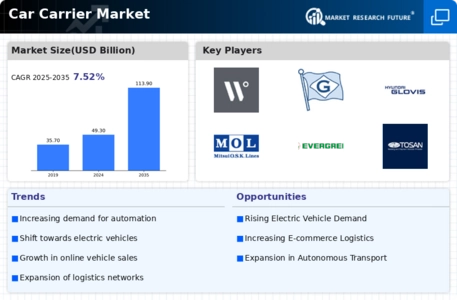
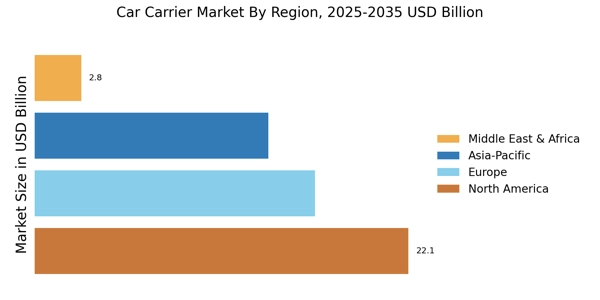
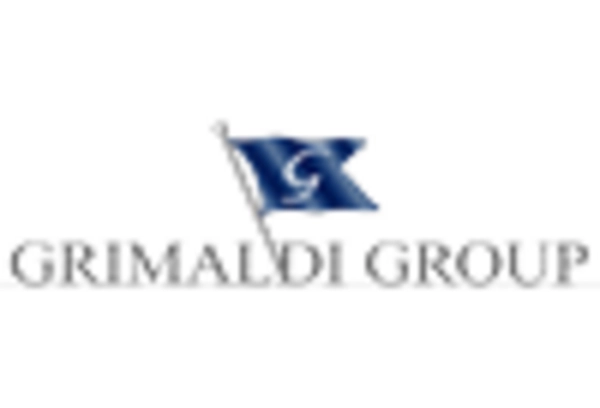

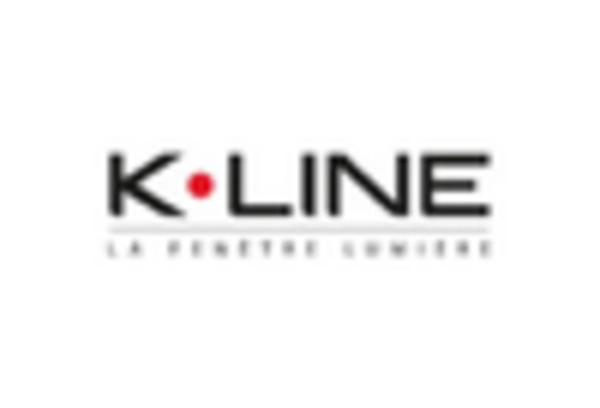
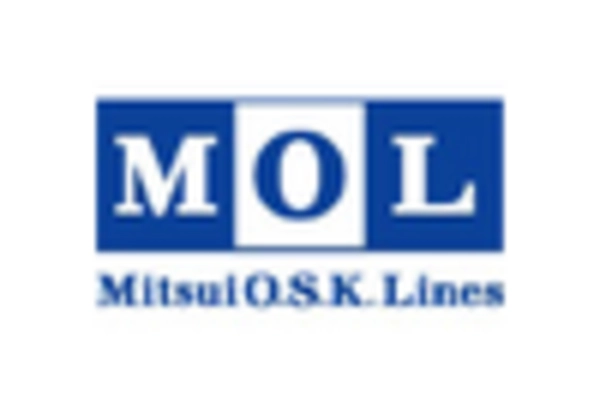
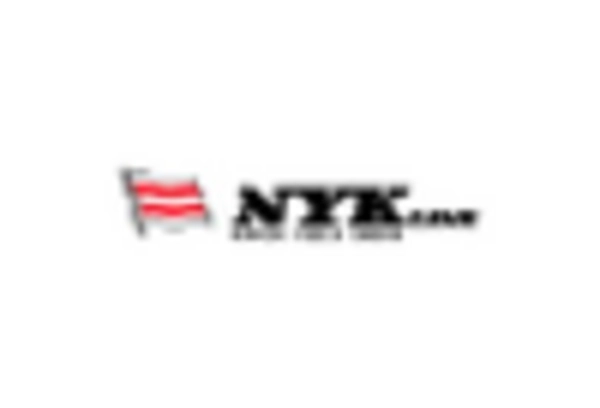









Leave a Comment